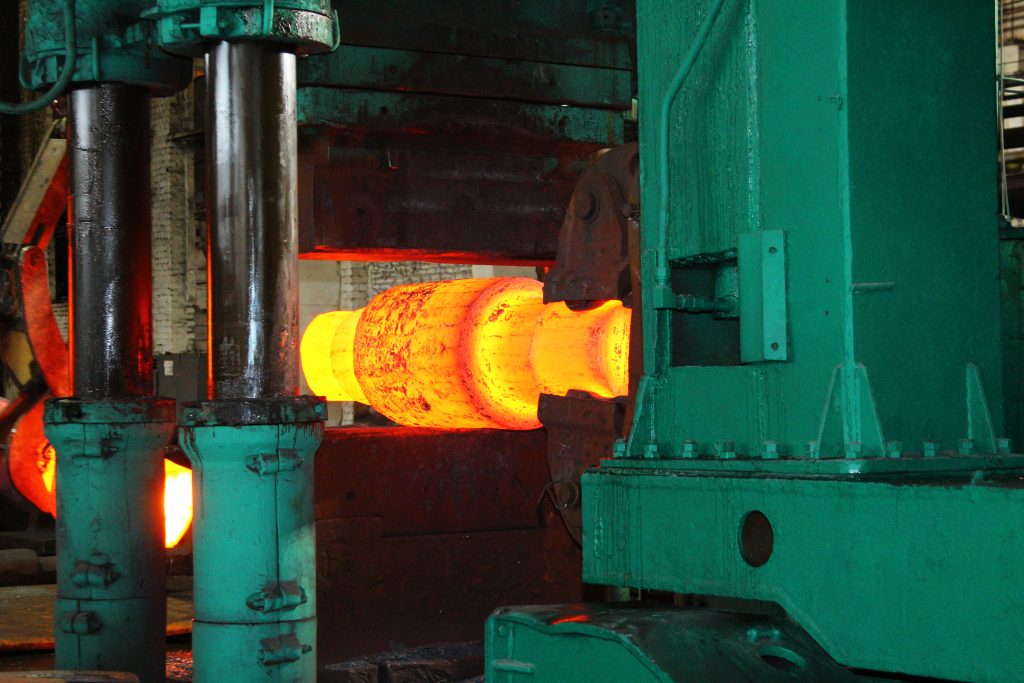On the deformation of metal, many kinds of technology can be achieved, two of which are open die forging and closed die forging. They are all using the same basic process of heating and deforming metals with force calculations to achieve the desired results.
Open-Die forging
Open die forging is a kind of forging processing method which uses simple universal tools or applies external force directly between the upper anvil and the lower anvil of forging equipment to deform the blank and obtain the required geometric shape and internal quality.
Open die forging is mainly used to produce small batch forgings. Forging hammer, hydraulic press and other forging equipment are used to form the blank and obtain qualified forgings.
The basic processes of open die forging include upsetting, drawing, punching, cutting, bending, twisting, staggering, and forging.

The advantages of open die forging
The forging flexibility is large, which can produce small parts less than 100kg, or heavy parts up to 300t; the tools used are simple general tools; the forging forming is to gradually deform the blank in different regions, so the tonnage of forging equipment required for forging the same forging is much smaller than that of model forging; the accuracy requirement of equipment is low; the production cycle is short.
The production efficiency is much lower than that of model forging; the shape of forging is simple, the dimensional accuracy is low, and the surface is rough; the labor intensity of workers is high, and the technical level is also high; it is not easy to realize mechanization and automation.
Closed-Die forging
Closed die forging is a kind of forging method which uses the die to make the blank shape on the special die forging equipment. The forging produced by this method has an accurate size, small machining allowance, and a complex structure.
According to the different types of equipment used: hammer forging, crank press forging, flat forging, and friction press forging.

Advantages of closed die forging
High production efficiency. In closed die forging, the metal deformation is carried out in the die chamber, so the required shape can be obtained quickly; the forging with complex shape can be forged, and the metal streamline distribution can be more reasonable, to improve the service life of parts; the die forging has the more accurate size, better surface quality, and smaller machining allowance; the metal material can be saved, and the cutting workload can be reduced. Under the condition of a sufficient batch, the cost of parts can be reduced.
Disadvantages and limitations of closed die forging
The weight of die forging is limited by the capacity of general die forging equipment, mostly less than 7okg; the manufacturing cycle of forging die is long and the cost is high; the investment cost of die forging equipment is larger than that of open die forging.

